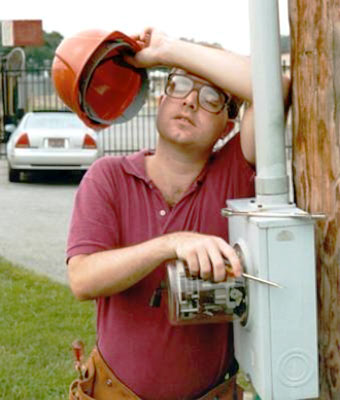Heat Safety

As spring turns into summer and brings “hot weather,” we should all be aware of some tips to prevent heat stress.
Sweating is a means the body uses to maintain a stable internal body temperature in the face of heat. However, sweating is effective only if the humidity level is low enough to permit evaporation and if the fluids and salts lost are adequately replaced.
Dehydration
Dehydration occurs when you lose more fluid than you take in and your body doesn’t have enough water and other fluids to carry out its normal functions. If lost fluid remains un-replenished, you may suffer serious consequences.
Dehydration can cause symptoms such as:
-
Dry, sticky mouth;
-
Sleepiness or tiredness;
-
Thirst;
-
Decreased urine output;
-
Few or no tears when crying;
-
Muscle weakness;
-
Headache; and
- Dizziness or light-headedness.
Fluids
-
Workers should drink one cup of cool water every 15 minutes even if they are not thirsty.
-
Make sure everyone understands thirst is not a good indicator that body fluids need replacement.
Heat Stress Can Kill…Take Time to Cool Down…and Hydrate!!
Download flyer: STOTW_326_HeatSafety.pdf (383.98 kb)
Download Spanish flyer: STOTW_326_HeatSafety_esp.pdf (393.19 kb)

